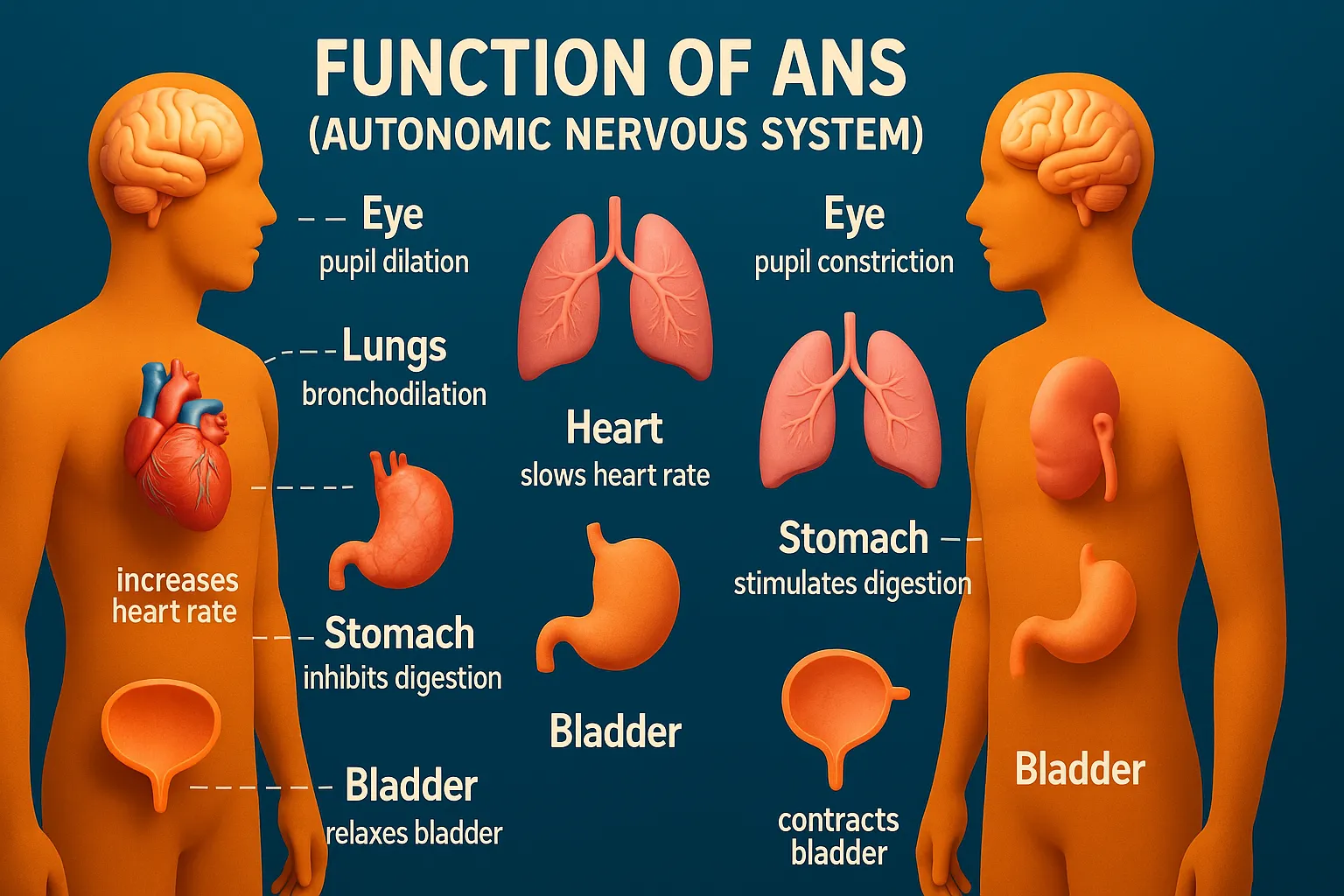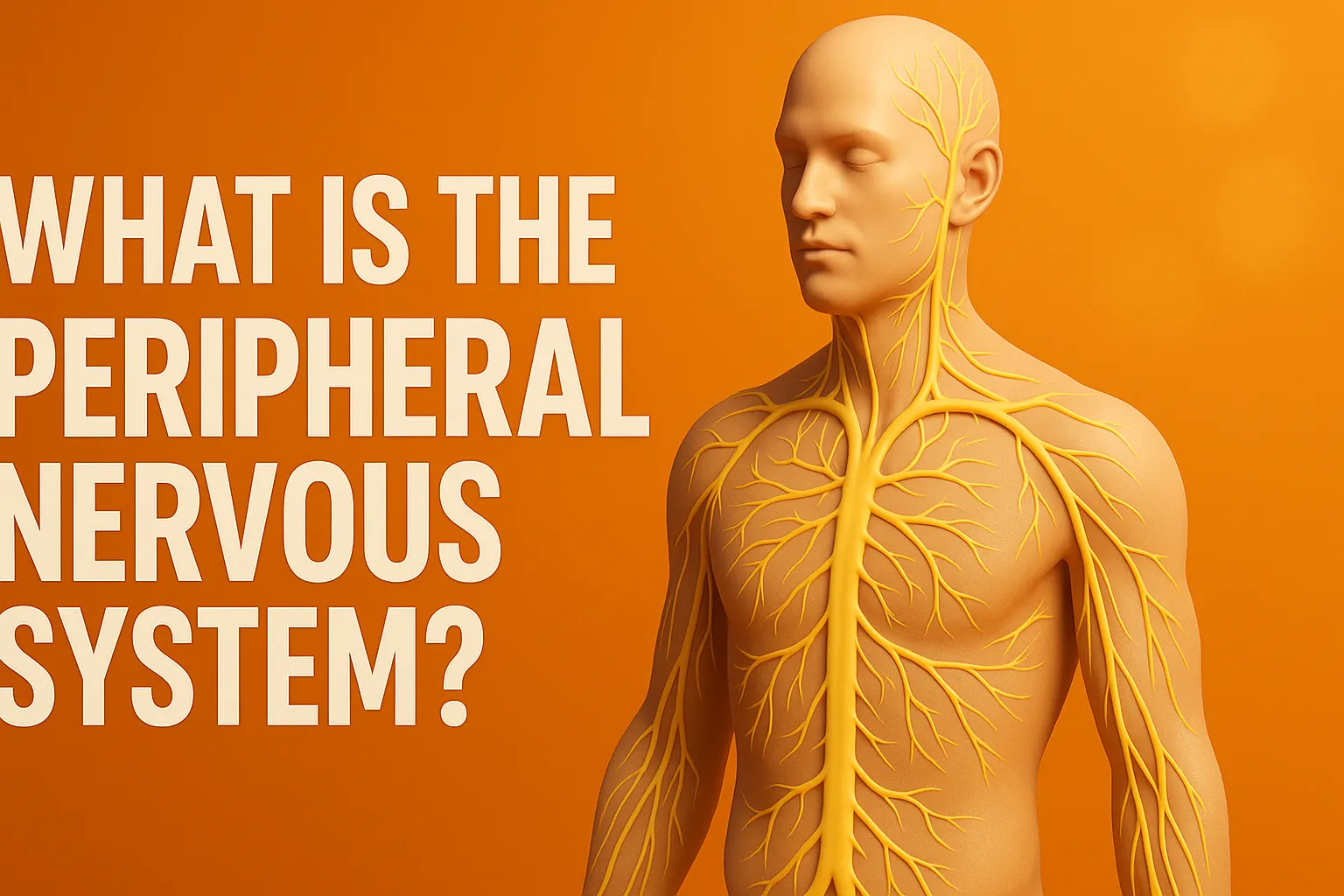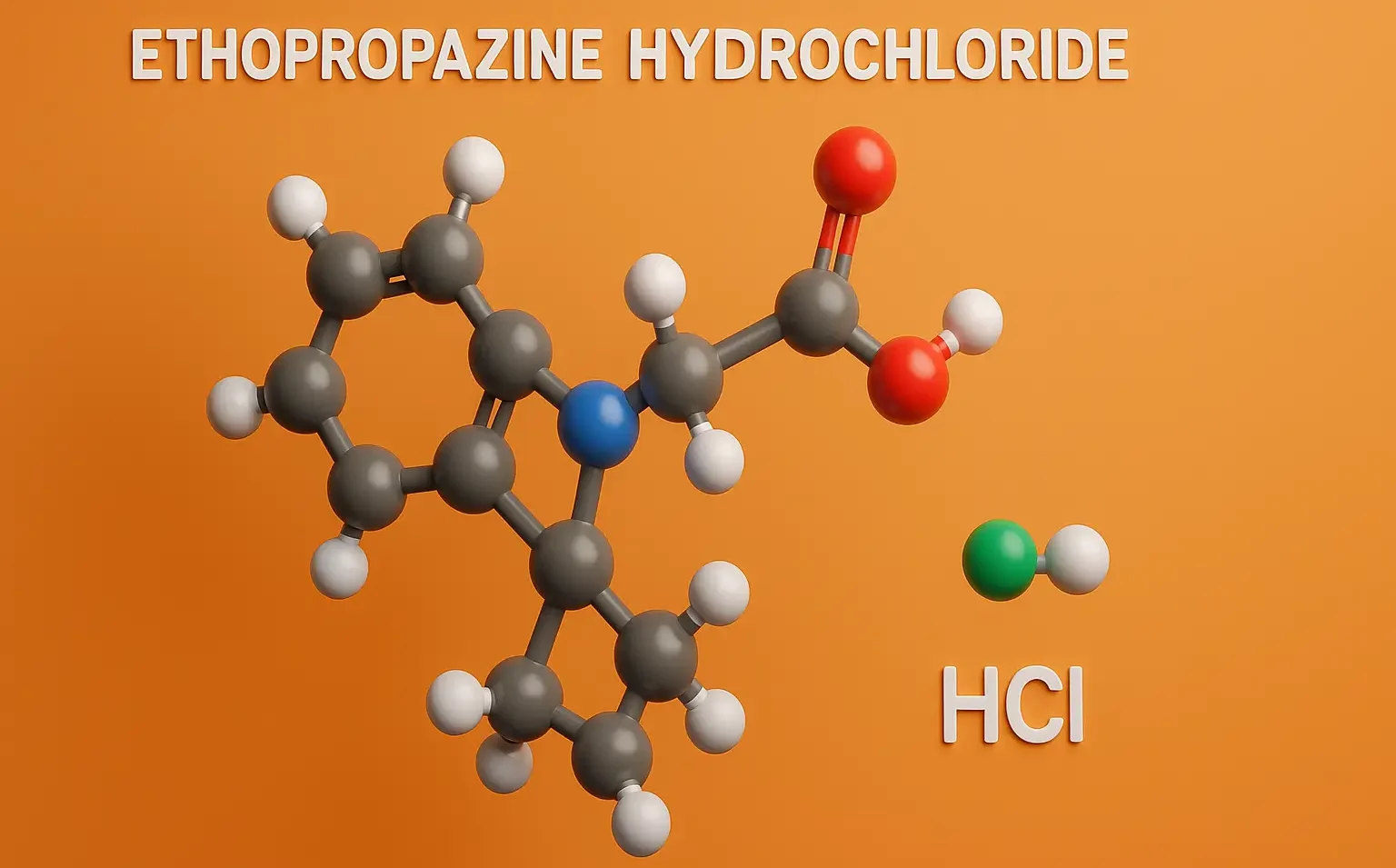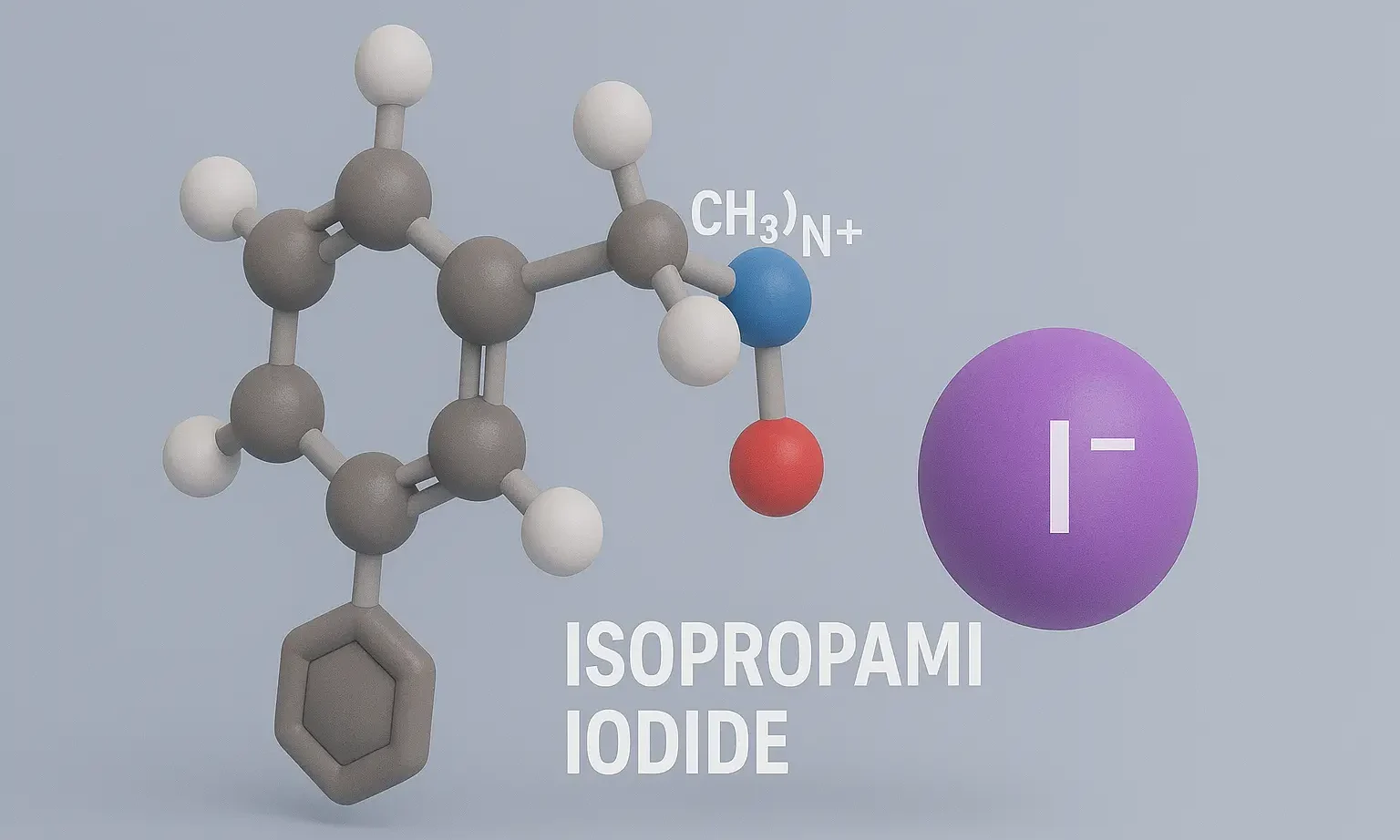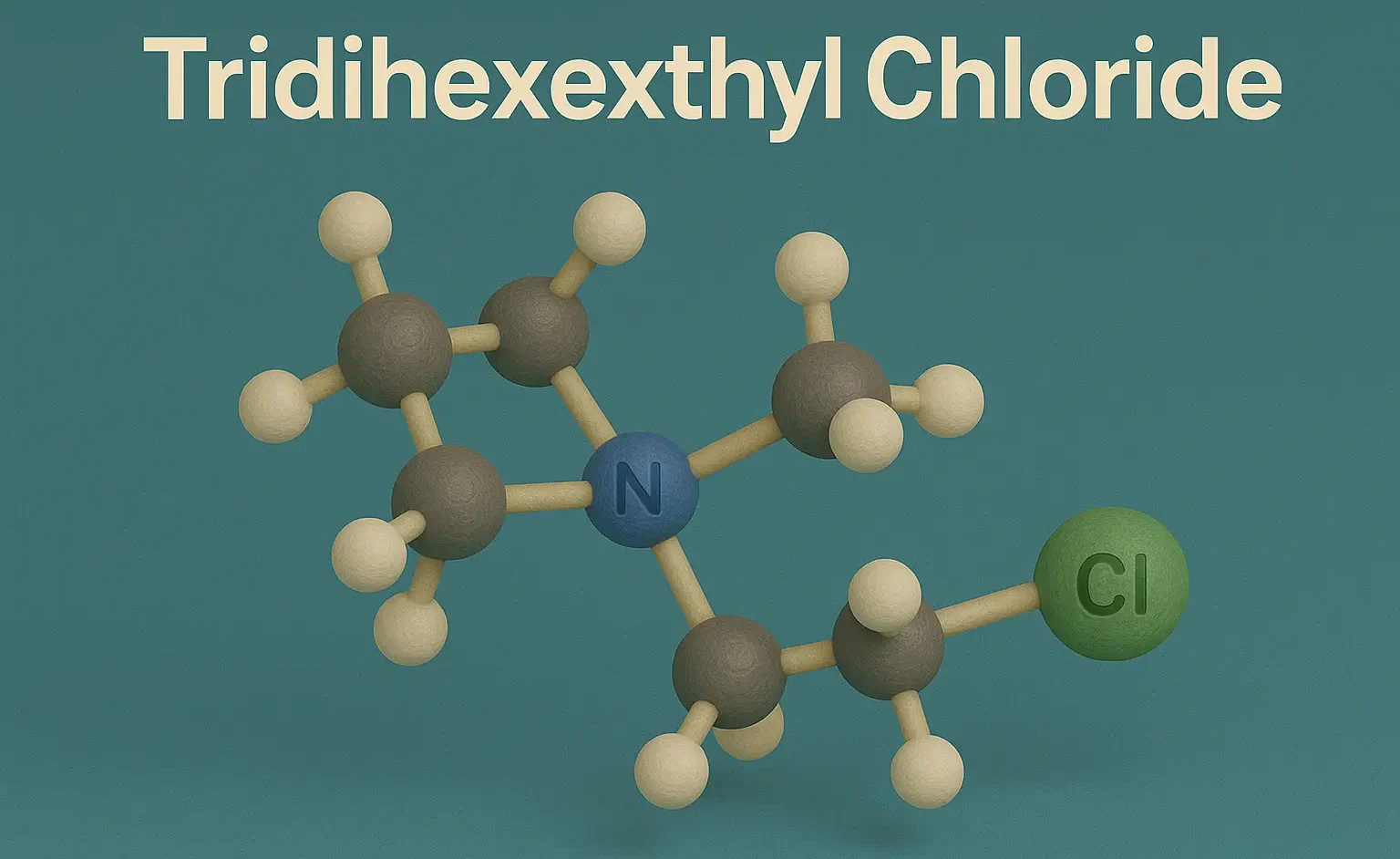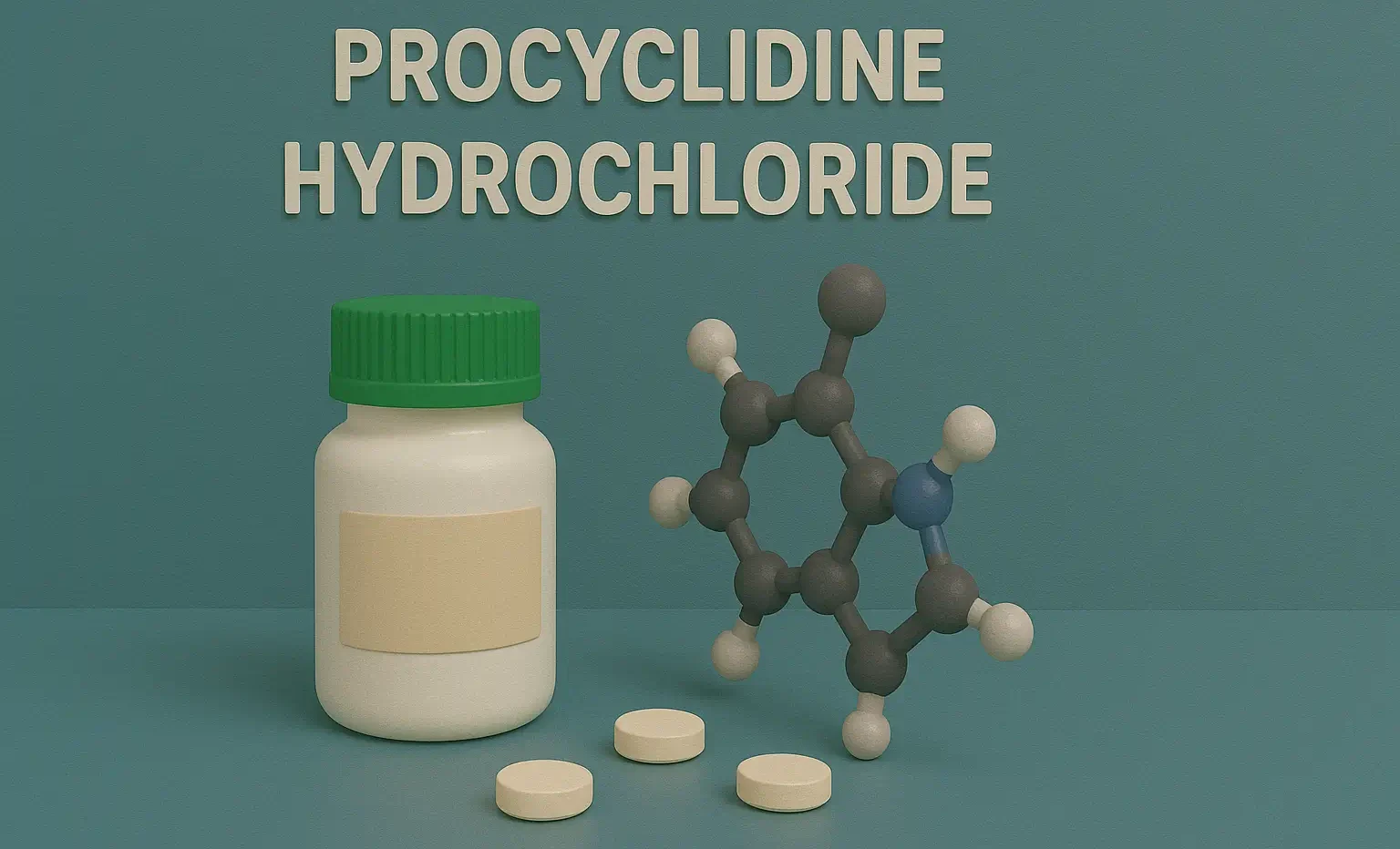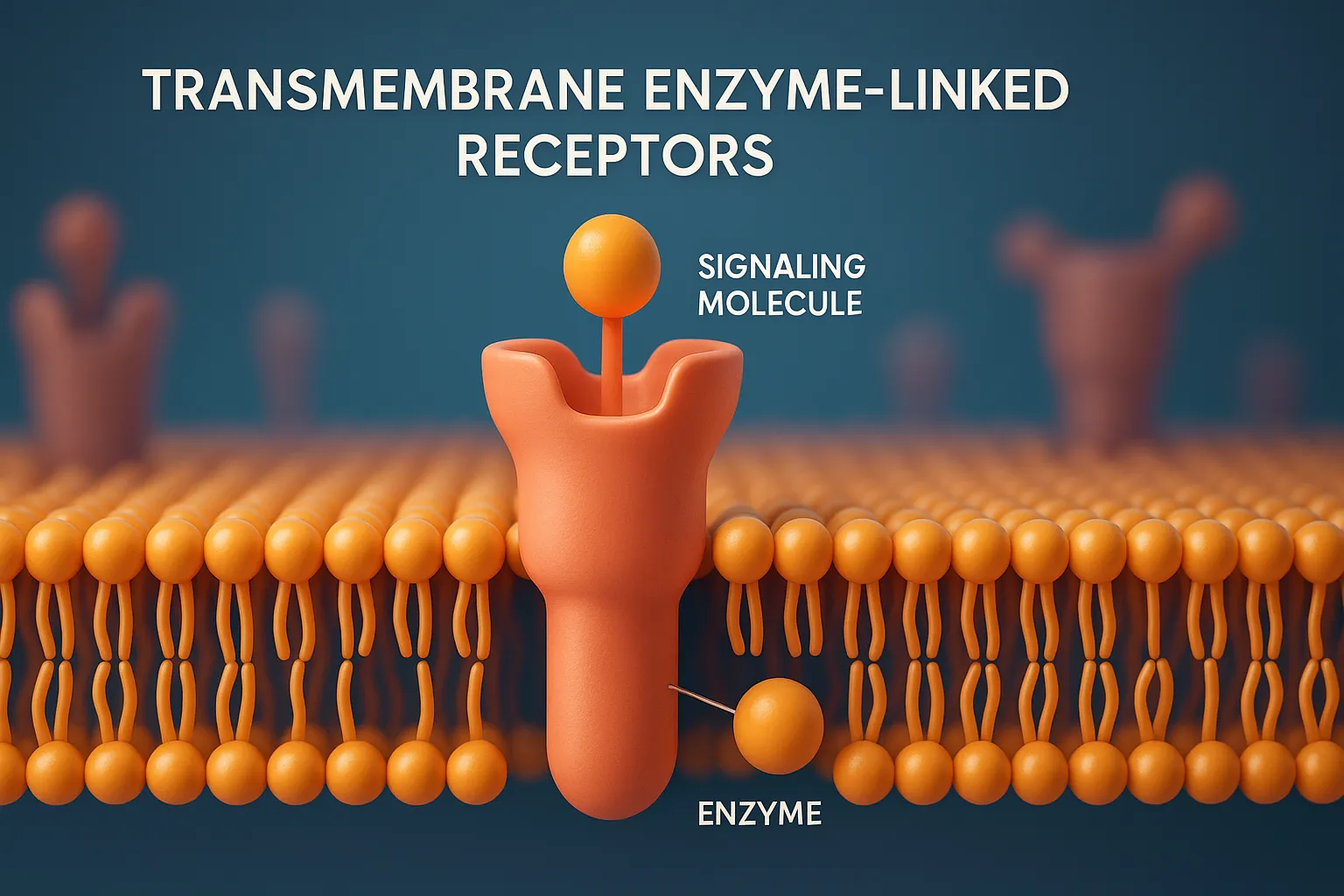Function of ANS (Autonomic Nervous System)
The autonomic nervous system regulates vital functions like heart rate, digestion, respiration, and glandular activity. Sympathetic Nervous System (Fight or Flight) Prepares the body for emergency or stressful situations. Physiological effects: Heart: ↑ heart rate and force of contraction (β1) Blood vessels: Vasoconstriction (α1) in skin and viscera; vasodilation (β2) in skeletal muscle Lungs: Bronchodilation … Read more

